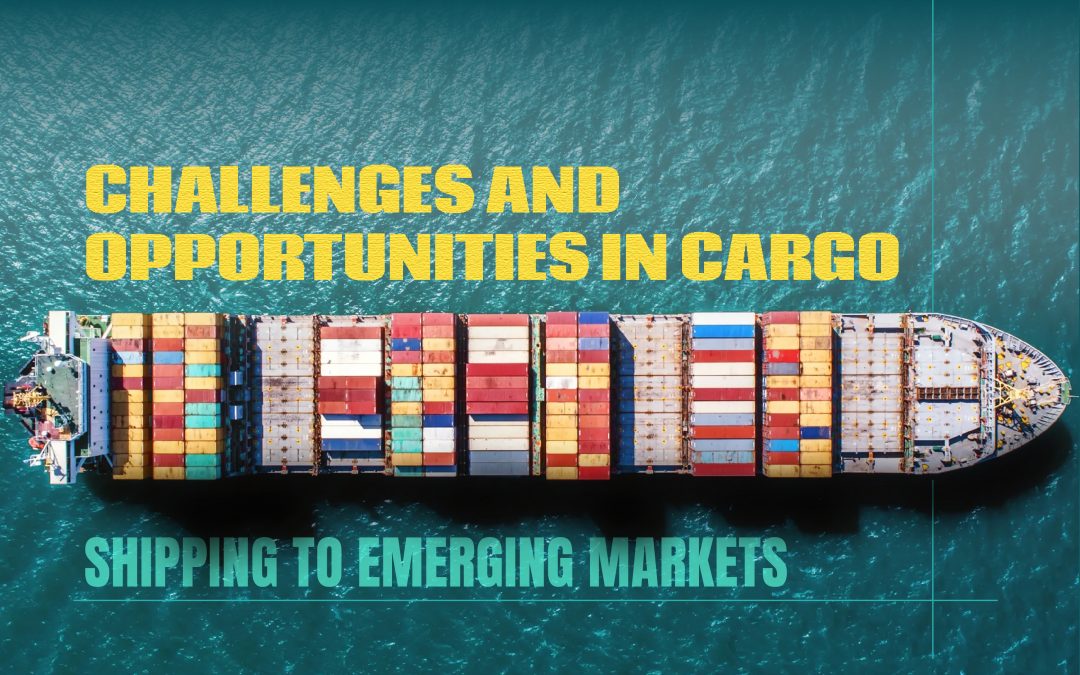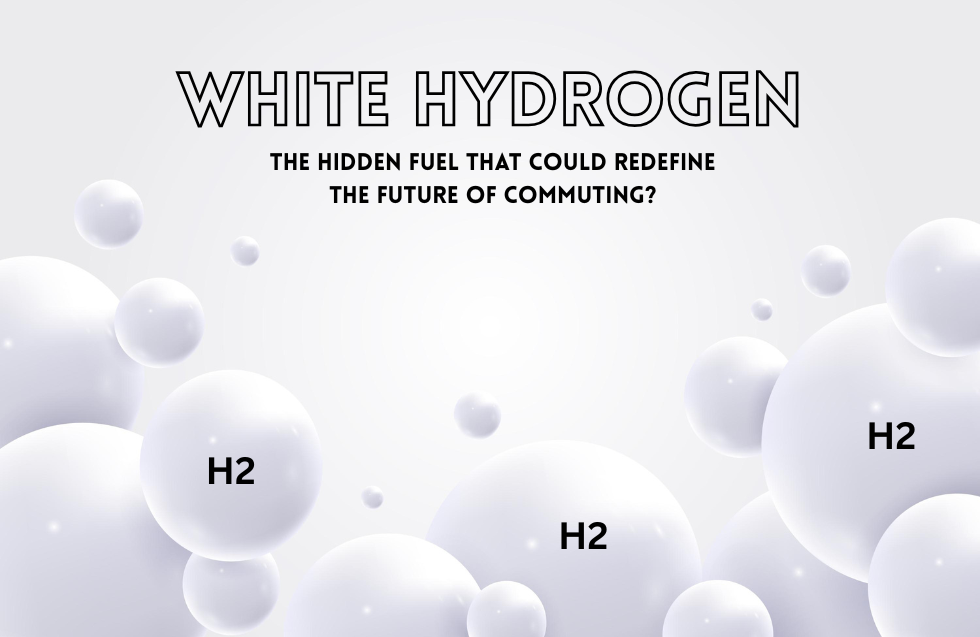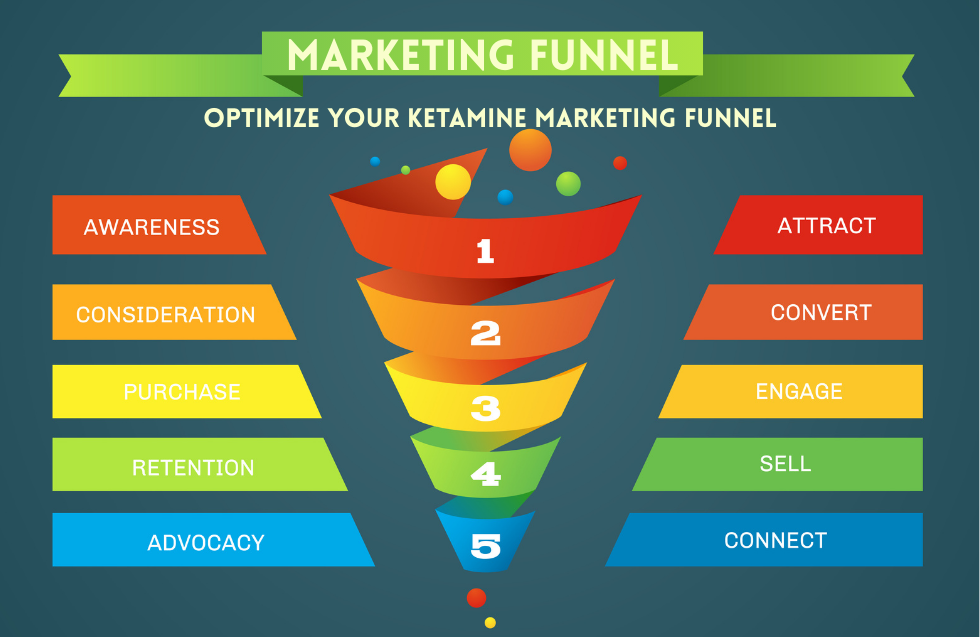Emerging markets are increasingly vital to global trade, with their expanding economies and growing consumer bases presenting both significant opportunities and complex challenges for cargo shipping. As these markets continue to develop, understanding the specific obstacles and potential advantages is crucial for businesses aiming to optimize their shipping strategies. This blog delves into the deeper aspects of cargo shipping to emerging markets, supported by future projections and statistical insights.
Understanding the Landscape of Emerging Markets
Emerging markets, characterized by rapid economic growth and industrialization, include countries such as Brazil, India, China, Vietnam, and Nigeria. These markets offer significant potential due to their expanding consumer bases and increasing demand for goods. However, each market has its unique regulatory, logistical, and infrastructural challenges that companies need to address.
1. Infrastructural Limitations
Current Challenges:
- Port Congestion: Many emerging markets, including India and Nigeria, face significant port congestion. For instance, the Port of Mumbai has experienced delays, with average waiting times of up to 20 days due to congestion. This issue impacts overall shipping efficiency and increases costs.
- Aging Infrastructure: Ports in emerging markets often suffer from outdated facilities. In South America, the average age of port equipment is over 20 years, compared to just 10 years in advanced markets.
Future Projections:
- Investment Needs: The World Bank estimates that emerging markets will need to invest over $3 trillion in port and transportation infrastructure by 2030 to keep up with growing trade volumes.
- Technological Upgrades: Innovations like automated container handling and improved logistics planning are projected to reduce port congestion by up to 30% in key emerging markets by 2030.
2. Regulatory and Compliance Issues
Current Challenges:
- Complex Customs Procedures: In countries such as Brazil, customs clearance times can exceed 10 days due to complex procedures. According to the World Bank, Brazil ranks 124th out of 190 countries in terms of ease of trading across borders.
- Regulatory Variability: Emerging markets often have inconsistent or rapidly changing regulations, making compliance a moving target.
Future Projections:
- Regulatory Harmonization: The implementation of regional trade agreements, like the African Continental Free Trade Area (AfCFTA), is expected to streamline customs procedures, potentially reducing clearance times by up to 25% by 2025.
- Digital Customs Solutions: The adoption of digital platforms for customs documentation and compliance is anticipated to increase efficiency, with projected cost savings of up to $1 billion annually across emerging markets by 2030.
3. Political and Economic Instability
Current Challenges:
- Political Risk: Emerging markets such as Venezuela and Zimbabwe face high political risk, which can lead to supply chain disruptions. The Economist Intelligence Unit ranks Venezuela among the highest for political instability.
- Economic Fluctuations: Currency volatility and economic downturns can impact shipping costs. For example, the Nigerian Naira has fluctuated by over 20% against the US dollar in recent years.
Future Projections:
- Stability Trends: Despite current instability, emerging markets are expected to stabilize over the next decade. For instance, economic reforms and political stabilization in countries like Myanmar and Ethiopia are projected to improve trade conditions.
- Risk Management: Businesses investing in risk management strategies, including political risk insurance and diversified supply chains, are likely to mitigate the impacts of instability more effectively.
4. Currency Fluctuations
Current Challenges:
- Exchange Rate Risks: Currency volatility affects shipping costs and financial stability. For example, fluctuations in the Argentine Peso have impacted shipping costs by up to 15% in the past year.
- Hedging Costs: Managing currency risk through hedging can be expensive and complex, particularly for small and medium-sized enterprises.
Future Projections:
- Hedging Solutions: Advances in financial technology are expected to provide more cost-effective hedging solutions. The market for currency hedging tools is projected to grow by 10% annually, making it more accessible for businesses.
- Currency Stabilization: Emerging markets are working towards stabilizing their currencies through economic reforms and trade agreements, which could reduce volatility and improve predictability in shipping costs.
5. Market Expansion Opportunities
Current Opportunities:
- Growing Consumer Markets: Emerging markets like India and China are experiencing significant growth in consumer spending. India’s consumer market is projected to reach $6 trillion by 2030, creating substantial demand for imported goods.
- E-commerce Boom: The rise of e-commerce in emerging markets is driving demand for efficient cargo shipping solutions. For instance, Southeast Asia’s e-commerce market is expected to grow at a compound annual growth rate (CAGR) of 23.3% from 2022 to 2027.
Future Projections:
- Market Growth: Emerging markets are expected to contribute over 70% of global economic growth by 2030. This growth will drive increased demand for cargo shipping, offering opportunities for businesses to expand their market presence.
- Investment Opportunities: Investments in infrastructure and technology are likely to create new business opportunities. For example, investments in smart port technologies and green logistics solutions are projected to enhance efficiency and open new market opportunities.
6. Technological Advancements
Current Opportunities:
- Real-Time Tracking: The use of real-time tracking technologies is improving visibility and efficiency in cargo shipping. Companies like Maersk are already implementing IoT solutions to monitor shipments and optimize routes.
- Automation: Automated warehouses and port facilities are reducing operational costs and improving efficiency. For instance, the use of automated guided vehicles (AGVs) is increasing productivity in major ports.
Future Projections:
- Innovation Growth: The adoption of advanced technologies such as blockchain for secure transactions and AI for predictive analytics is expected to revolutionize cargo shipping. The market for supply chain technology is projected to grow by 15% annually.
- Efficiency Gains: Technological advancements are anticipated to reduce shipping costs by up to 20% and improve delivery times by 25% over the next decade.
7. Investment in Infrastructure Development
Current Situation:
- Infrastructural Gaps: Many emerging markets face significant infrastructural deficiencies. According to the World Bank, inadequate port facilities, outdated transportation networks, and insufficient warehousing contribute to inefficiencies. For example, the Port of Santos in Brazil has struggled with congestion due to limited expansion and modernization efforts.
- Funding Shortfalls: The International Finance Corporation (IFC) reports that emerging markets need over $3 trillion in infrastructure investments by 2030 to keep pace with trade growth. However, funding remains a challenge, with public resources often insufficient to meet the demands.
Future Projections:
- Public-Private Partnerships (PPPs): PPPs are expected to play a crucial role in infrastructure development. The World Economic Forum anticipates that PPPs could attract over $1.5 trillion in investments for infrastructure projects in emerging markets by 2030. These partnerships can leverage private sector expertise and funding to improve port facilities, roads, and rail networks.
- Technological Advancements: Investment in smart infrastructure technologies, such as automated port systems and smart logistics platforms, is projected to enhance operational efficiency. For instance, the adoption of port automation is expected to increase cargo handling capacity by 30% over the next decade.
8. Strategic Partnerships
Current Situation:
- Local Expertise: Strategic partnerships with local logistics providers, freight forwarders, and customs brokers are essential for navigating the complexities of emerging markets. These local partners offer valuable insights into regulatory environments and logistical challenges.
- Collaborative Models: Companies are increasingly forming joint ventures and alliances to expand their market presence. For example, the collaboration between DP World and local port operators in Africa has led to improved port infrastructure and efficiency.
Future Projections:
- Integration of Supply Chains: Strategic partnerships are expected to facilitate the integration of global and local supply chains. By 2030, over 60% of global supply chains are projected to rely on strategic partnerships to enhance flexibility and responsiveness.
- Innovation Hubs: Emerging markets are likely to see the rise of innovation hubs where companies collaborate on logistics solutions. For example, partnerships in Singapore’s logistics sector are expected to drive advancements in supply chain technology and automation.
9. Sustainable Practices
Current Situation:
- Environmental Concerns: The cargo shipping industry faces increasing pressure to adopt sustainable practices. According to the International Maritime Organization (IMO), the shipping sector is responsible for approximately 2.5% of global greenhouse gas emissions.
- Regulatory Pressures: Emerging markets are beginning to implement stricter environmental regulations. For example, the European Union’s Emission Trading System (ETS) includes shipping emissions, pushing companies to reduce their environmental impact.
Future Projections:
- Green Shipping Initiatives: The adoption of green shipping technologies is expected to rise. Innovations such as LNG-powered vessels, energy-efficient ship designs, and renewable energy sources are projected to reduce emissions by up to 40% by 2030.
- Circular Economy Models: The integration of circular economy principles in logistics is anticipated to gain traction. This includes initiatives like recycling and reusing shipping materials, which could significantly reduce waste and operational costs.
Strategies for Success
a. Conduct Market Research
Thorough market research is essential for understanding the specific needs and challenges of each emerging market. Businesses should analyze market trends, consumer behavior, and competitive dynamics to develop targeted strategies for successful shipping operations.
b. Build Local Relationships
Building strong relationships with local partners and stakeholders can provide valuable insights and support. Engaging with local communities, businesses, and government agencies can help navigate regulatory requirements and enhance operational efficiency.
c. Invest in Technology and Innovation
Embracing technological innovations and investing in advanced logistics solutions can improve efficiency and reduce costs. Implementing technologies such as blockchain for secure transactions and predictive analytics for demand forecasting can enhance overall performance.
d. Develop Contingency Plans
Developing contingency plans for potential disruptions, such as political instability or supply chain interruptions, is crucial for minimizing risks. Businesses should create flexible and adaptive strategies to address unforeseen challenges and maintain continuity.
Conclusion
Navigating the complexities of cargo shipping to emerging markets requires a deep understanding of the challenges and opportunities involved. By addressing infrastructural limitations, managing regulatory and compliance issues, and leveraging technological advancements, businesses can optimize their operations and capitalize on growth potential. As emerging markets continue to evolve, staying informed and adapting to changes will be key to achieving success in this dynamic landscape. With careful planning and strategic investments, businesses can overcome obstacles and unlock the substantial opportunities presented by these growing markets.













